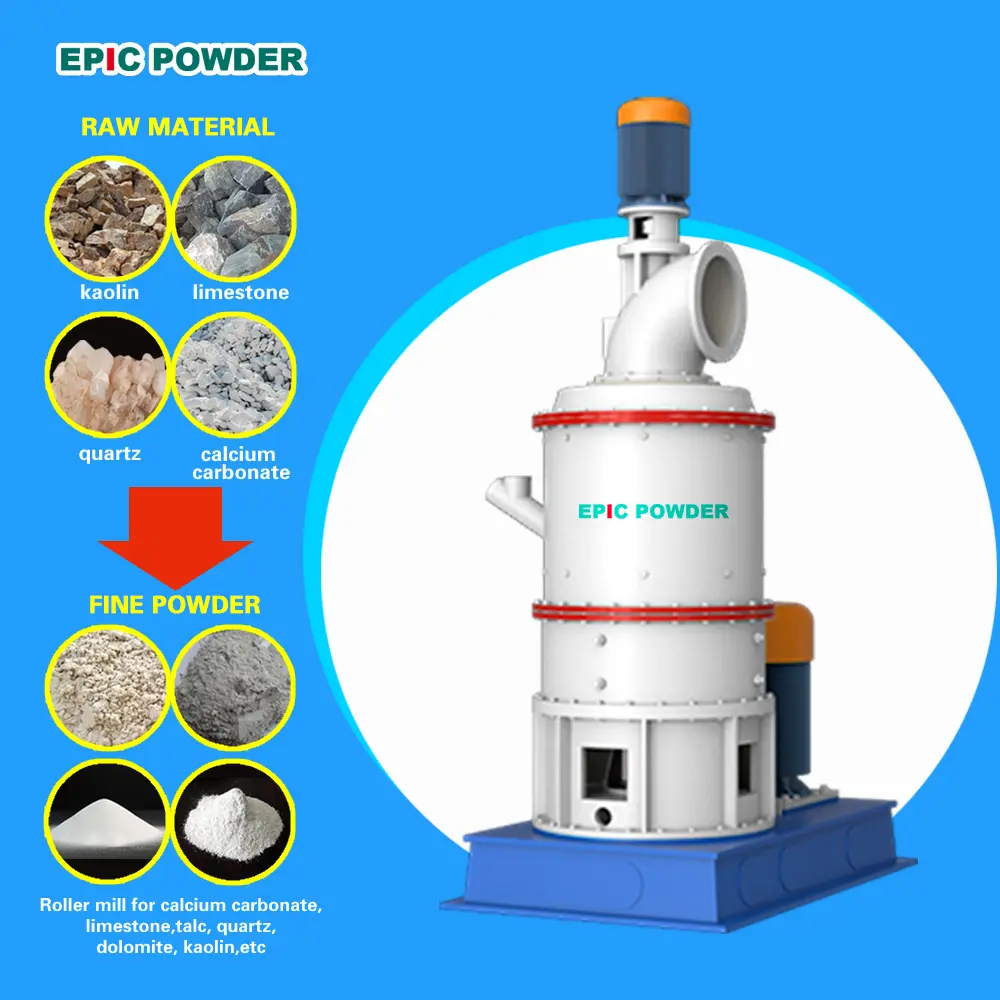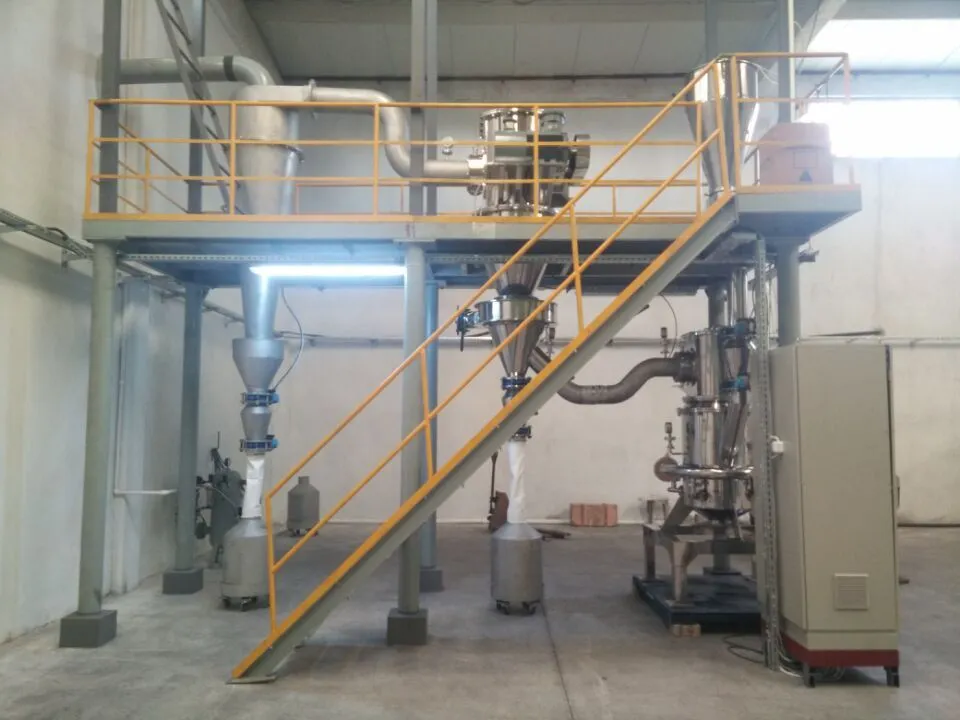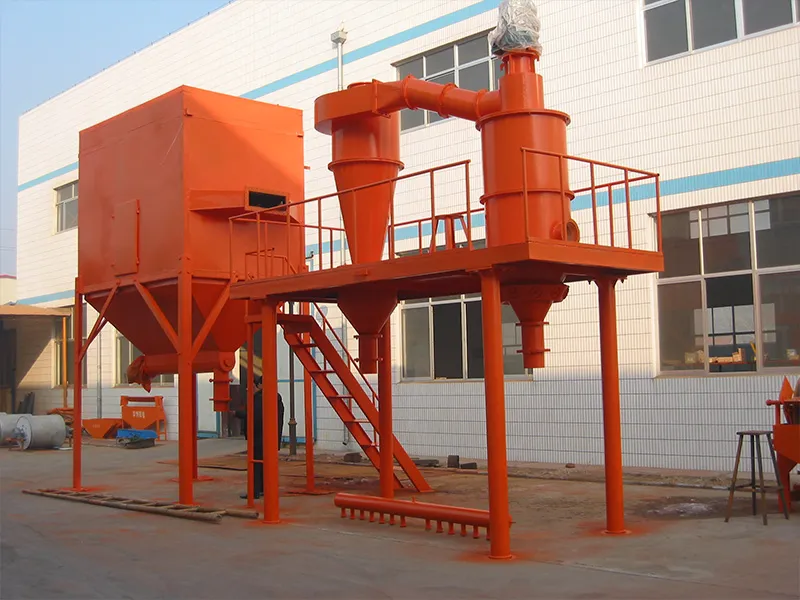The classification and screening processes significantly influence the quality of solder powder. Classification primarily involves separating particles based on their size to achieve the desired particle size distribution. Common classification techniques include air classification and centrifugal classification.

Air Classification Method:
Advantages: It accurately separates particles of different sizes with a high impurity removal rate, significantly enhancing the purity of solder powder.
Disadvantages: If there are airflow disturbances or localized vortices within the classification system, some particles may mix, affecting the purity of the solder powder.
Centrifugal Classification Method:
Advantages: It performs well in classifying fine particles, contributing to improved purity of solder powder.
Disadvantages: Wear and corrosion inside the equipment can generate impurities that contaminate the solder powder. Additionally, improper control of operational parameters may lead to poor classification results, reducing the purity of the solder powder.

Impact of Screening Process on Solder Powder Quality
The screening process uses sieves to classify solder powder and is suitable for coarse powder classification. Its impact on solder powder quality is mainly reflected in the following aspects:Sieve Quality:
If the sieve is intact, it can effectively remove large particle impurities and improve the purity of the solder powder.
If the sieve is worn or has holes, large particles may mix into the fine powder, reducing the purity of the solder powder.
Screening Efficiency:
The efficiency of screening directly affects the particle size distribution of the solder powder. Low screening efficiency may result in an uneven distribution, impacting the performance of the solder powder.
Contamination During Screening:
Improper operation or unclean equipment during screening may introduce new impurities, contaminating the solder powder.

Comprehensive Impact
The combined effects of classification and screening processes are primarily reflected in the particle size distribution, purity, and performance of the solder powder. Solder powder with a uniform particle size distribution and high purity exhibits better soldering performance and stability, improving soldering quality and production efficiency.
Optimization Suggestions
Choose appropriate classification and screening processes based on the particle size and purity requirements of the solder powder.
Strengthen equipment maintenance: Regularly maintain and service classification and screening equipment to ensure they are in good condition.
Strictly control operational parameters: During classification and screening, closely monitor parameters such as airflow velocity and centrifuge speed to ensure effective results.
Enhance quality control: Conduct quality inspections on the solder powder after classification and screening to ensure the product meets requirements.
Conclusion
Classification and screening processes play a crucial role in determining the quality of solder powder. By selecting suitable processes, strengthening equipment maintenance, strictly controlling operational parameters, and enhancing quality control, the quality and performance of solder powder can be significantly improved.
At Epic Powder, we leverage state-of-the-art classification and screening technologies to ensure our solder powders meet the highest standards of purity and consistency. Our commitment to precision engineering and rigorous quality control allows us to deliver products that enhance soldering performance and reliability for a wide range of industrial applications. Trust Epic Powder for superior quality and innovation in solder powder solutions.

